Fahad Alhasoun
Probabilistic Programming Bots in Intuitive Physics Game Play
Apr 05, 2021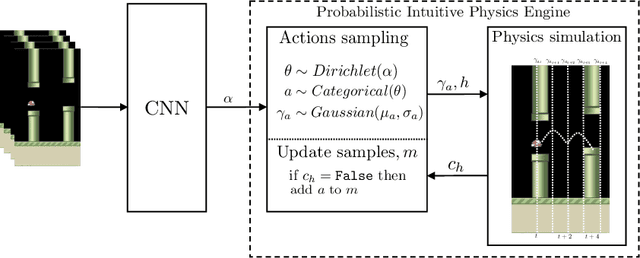
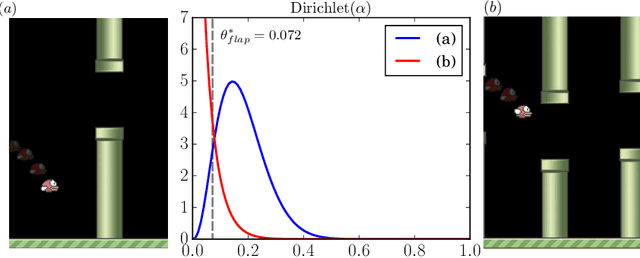

Abstract:Recent findings suggest that humans deploy cognitive mechanism of physics simulation engines to simulate the physics of objects. We propose a framework for bots to deploy probabilistic programming tools for interacting with intuitive physics environments. The framework employs a physics simulation in a probabilistic way to infer about moves performed by an agent in a setting governed by Newtonian laws of motion. However, methods of probabilistic programs can be slow in such setting due to their need to generate many samples. We complement the model with a model-free approach to aid the sampling procedures in becoming more efficient through learning from experience during game playing. We present an approach where combining model-free approaches (a convolutional neural network in our model) and model-based approaches (probabilistic physics simulation) is able to achieve what neither could alone. This way the model outperforms an all model-free or all model-based approach. We discuss a case study showing empirical results of the performance of the model on the game of Flappy Bird.
Streetify: Using Street View Imagery And Deep Learning For Urban Streets Development
Nov 18, 2019
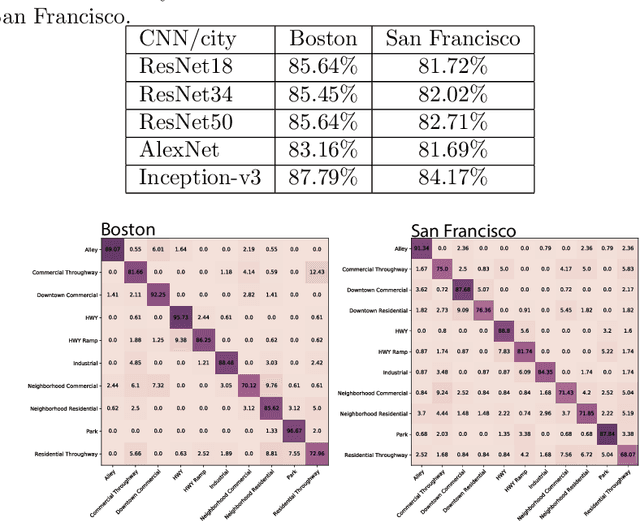
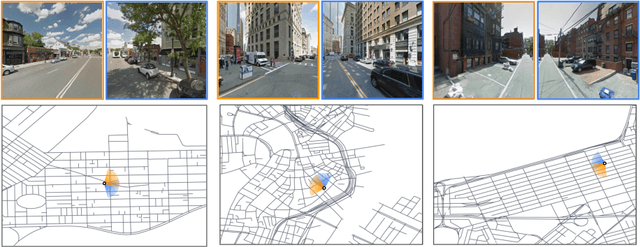
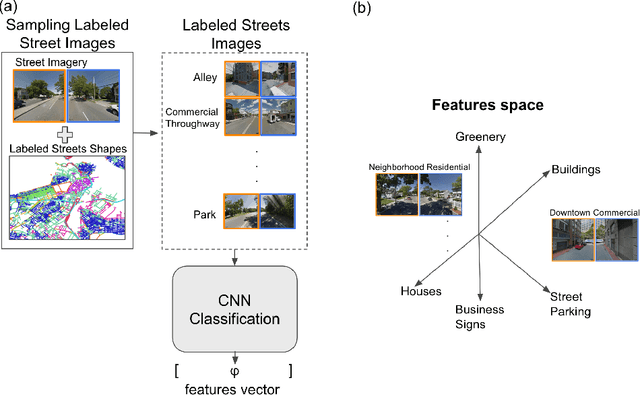
Abstract:The classification of streets on road networks has been focused on the vehicular transportational features of streets such as arterials, major roads, minor roads and so forth based on their transportational use. City authorities on the other hand have been shifting to more urban inclusive planning of streets, encompassing the side use of a street combined with the transportational features of a street. In such classification schemes, streets are labeled for example as commercial throughway, residential neighborhood, park etc. This modern approach to urban planning has been adopted by major cities such as the city of San Francisco, the states of Florida and Pennsylvania among many others. Currently, the process of labeling streets according to their contexts is manual and hence is tedious and time consuming. In this paper, we propose an approach to collect and label imagery data then deploy advancements in computer vision towards modern urban planning. We collect and label street imagery then train deep convolutional neural networks (CNN) to perform the classification of street context. We show that CNN models can perform well achieving accuracies in the 81% to 87%, we then visualize samples from the embedding space of streets using the t-SNE method and apply class activation mapping methods to interpret the features in street imagery contributing to output classification from a model.
Demographical Priors for Health Conditions Diagnosis Using Medicare Data
Jan 09, 2017

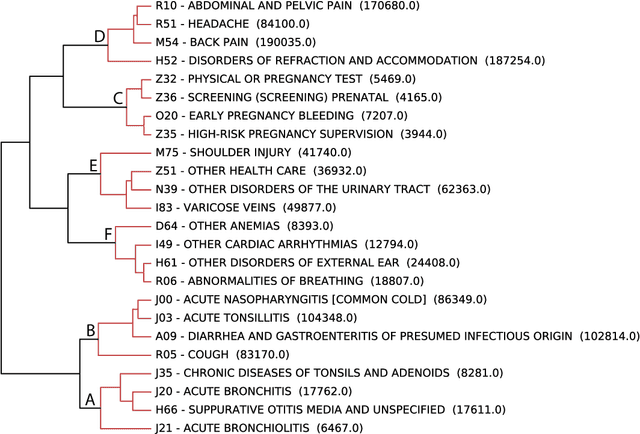
Abstract:This paper presents an example of how demographical characteristics of patients influence their susceptibility to certain medical conditions. In this paper, we investigate the association of health conditions to age of patients in a heterogeneous population. We show that besides the symptoms a patients is having, the age has the potential of aiding the diagnostic process in hospitals. Working with Electronic Health Records (EHR), we show that medical conditions group into clusters that share distinctive population age densities. We use Electronic Health Records from Brazil for a period of 15 months from March of 2013 to July of 2014. The number of patients in the data is 1.7 million patients and the number of records is 47 million records. The findings has the potential of helping in a setting where an automated system undergoes the task of predicting the condition of a patient given their symptoms and demographical information.
 Add to Chrome
Add to Chrome Add to Firefox
Add to Firefox Add to Edge
Add to Edge